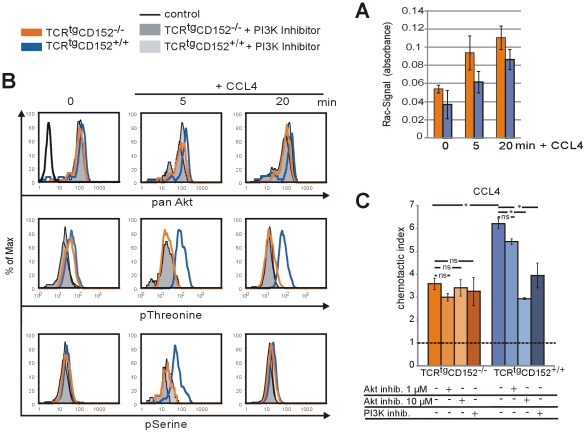Figure 3. Chemokine receptor signaling affects signaling molecules involved in cytoskeleton rearrangements.
A Activated Rac was detected by G-LISA in Th1 lymphocytes from TCRtgCD152-deficient and TCRtgCD152-competent mice on day 5 of a recall response. Rac activation was induced in serum-starved lymphocytes by treatment with 20 nM CCL4 for 5 or 20 min. B Th1 lymphocytes from TCRtgCD152-deficient and TCRtgCD152-competent mice on day 5 of a recall response were incubated with or without 20 nM CCL4 for 5 or 20 min. Fixed and permeabilized lymphocytes were analyzed by flow cytometry for Akt activation using antibodies specific for phosphorylated Akt or total Akt. A protion of the lymphocyteswere incubated for 20 h with the PI3K inhibitor Ly294.002 (filled histograms). Histograms show the expression of Akt on T lymphocytes. C Th1 lymphocytes from TCRtgCD152-deficient and TCRtgCD152-competent mice were analyzed to determine their migration affinities for the inflammatory chemokine CCL4 in a transwell system on day 5 of a recall response. A portion of the Th1 lymphocytes were incubated for 20 h with a PI3K inhibitor or Akt inhibitor II, as indicated. The dotted line indicates basal migration toward medium (ns, not significant). Representative data from at least two experiments are shown.

